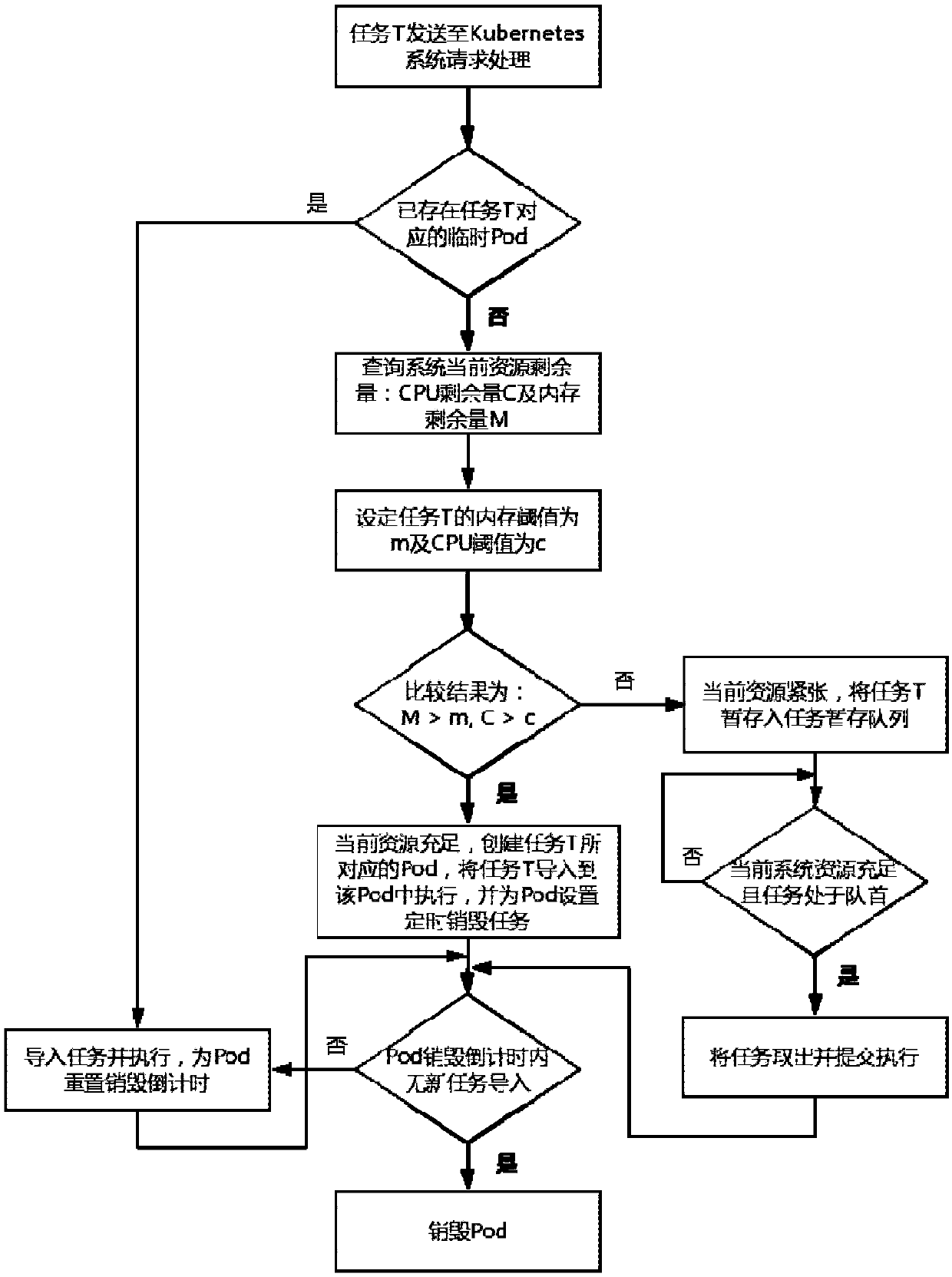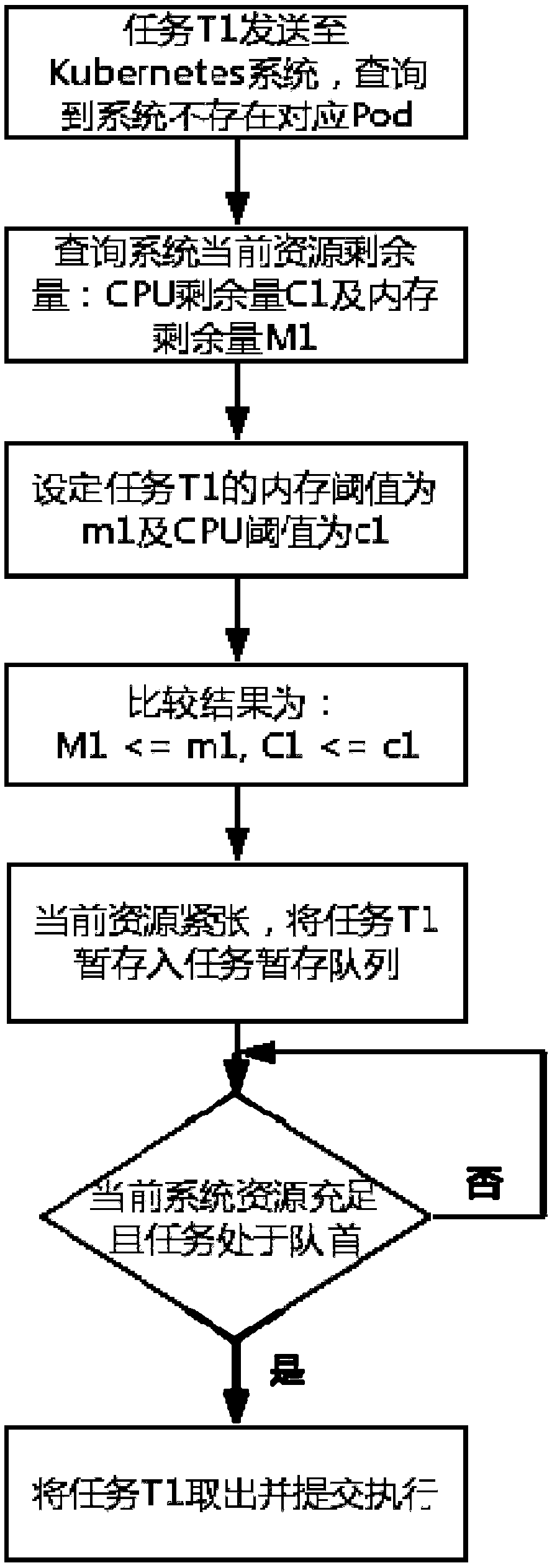A container group lifecycle management method based on Kubernetes system architecture
A technology of life cycle and system architecture, applied in the application field of Kubernetes system architecture, can solve problems such as being idle and wasting system resources, and achieve good practicability, improve actual utilization, and reduce the risk of system resource loss of control
- Summary
- Abstract
- Description
- Claims
- Application Information
AI Technical Summary
Problems solved by technology
Method used
Image
Examples
Embodiment Construction
[0028] The following will combine Figure 1 to Figure 5 , clearly and completely describe the technical solution of the present invention. The present invention is a container group lifecycle management method based on the Kubernetes system architecture, such as figure 1 As shown, the Kubernetes system includes multiple server nodes and a Master server node for cross-node system management. The server node includes Pods that create corresponding environments according to task requests to perform tasks. Pods are used for task execution The basic unit is to set and define the Docker container, the minimum resource allocation and the resource threshold allocation of the Pod through the yaml file. For the task request, create the Pod corresponding to the environment to perform the task. The Master server node is equipped with a Redis-based An ordered set of task temporary storage pools, the task temporary storage pool includes a plurality of task temporary storage queues, and the...
PUM
 Login to View More
Login to View More Abstract
Description
Claims
Application Information
 Login to View More
Login to View More - R&D
- Intellectual Property
- Life Sciences
- Materials
- Tech Scout
- Unparalleled Data Quality
- Higher Quality Content
- 60% Fewer Hallucinations
Browse by: Latest US Patents, China's latest patents, Technical Efficacy Thesaurus, Application Domain, Technology Topic, Popular Technical Reports.
© 2025 PatSnap. All rights reserved.Legal|Privacy policy|Modern Slavery Act Transparency Statement|Sitemap|About US| Contact US: help@patsnap.com



